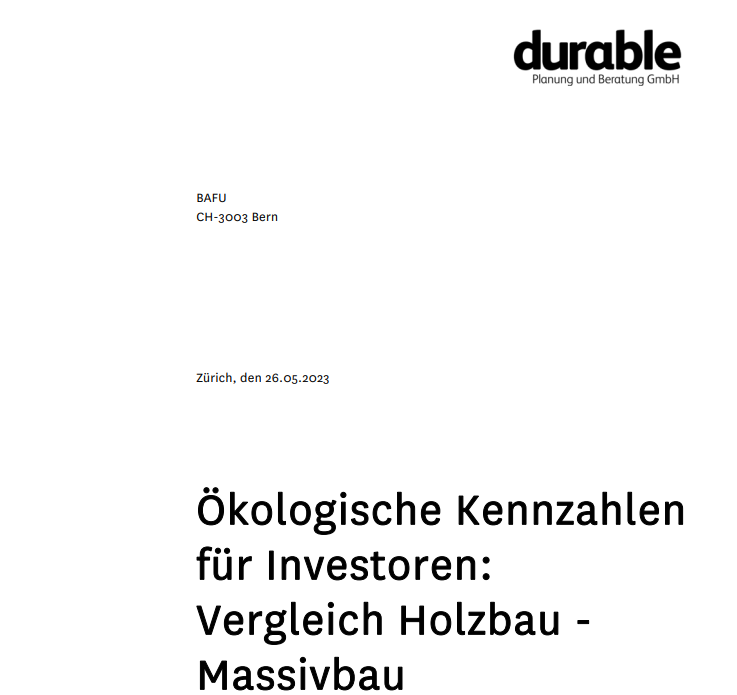Studien
Wissensplattform zu nachhaltigen Timber Carbon Investments
Wissensplattform zu nachhaltigen Timber Carbon Investments
Wir dokumentieren, wo die internationale Debatte steht (Auswahl).
Studien
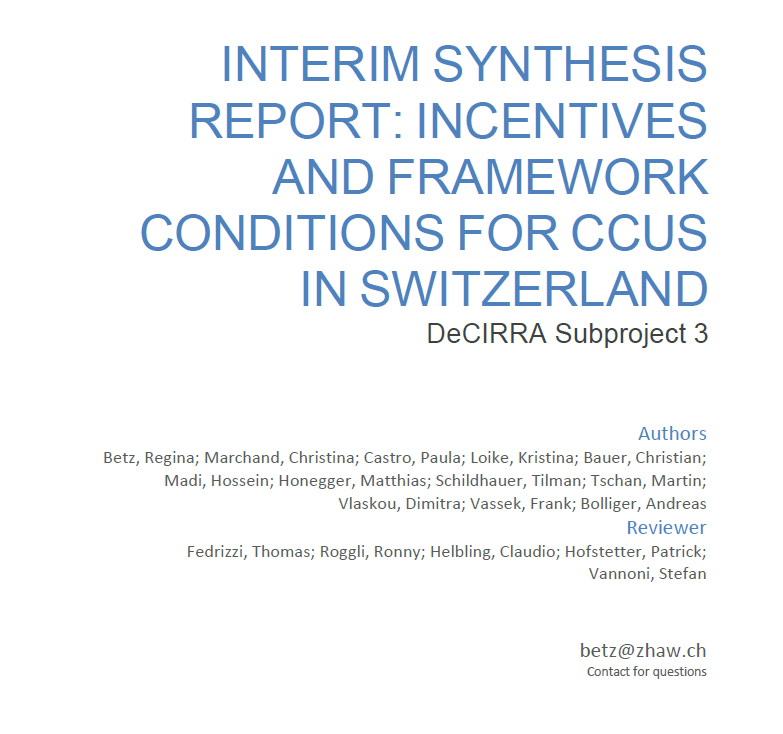
29 Januar 2024
Interim report DeCIRRA
Interim report of sub-project 3 (SP3) of the Innosuisse flagship project DeCIRRA (Decarbonization of CIties and Regions with Renewable gAses). SP3 aims to make a contribution to the decarbonization of Switzerland, in particular on the topic of Carbon Dioxide Removal (CDR) and Negative Emission Technologies (NET) as well as Carbon Capture and Storage (CCS) and the material use of captured CO2 in products (CCU).

29 Januar 2024
Zwischenbericht DeCIRRA
Zwischenbericht des Sub-Projektes 3 (SP3) des Innosuisse Flagship Projektes DeCIRRA (Decarbonisation of CIties and Regions with Renewable gAses). Das SP3 will einen Beitrag leisten zur Dekarbonisierung der Schweiz, im Speziellen zum Thema Carbon Dioxide Removal (CDR) bzw. Negativemissionstechnologien (NET) sowie Carbon Capture and Storage (CCS) und die stoffliche Nutzung von Abgefangenem CO2 in Produkten (CCU).
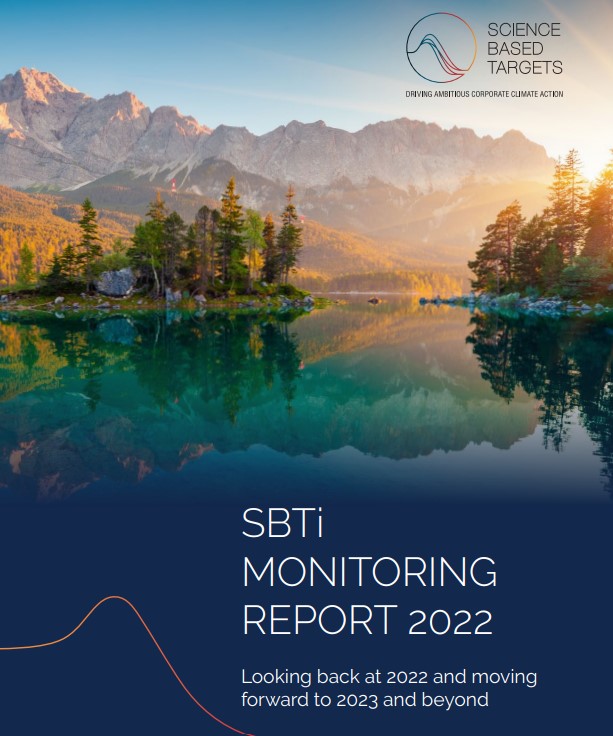
22 November 2023
SBTi Monitoring Report 2022
The science based targets initiative (SBTI) drives ambitious corporate climate action by enabling businesses and financial institutions globally to set science-based greenhouse gas (GHG) emissions reduction targets.
Published August 2023
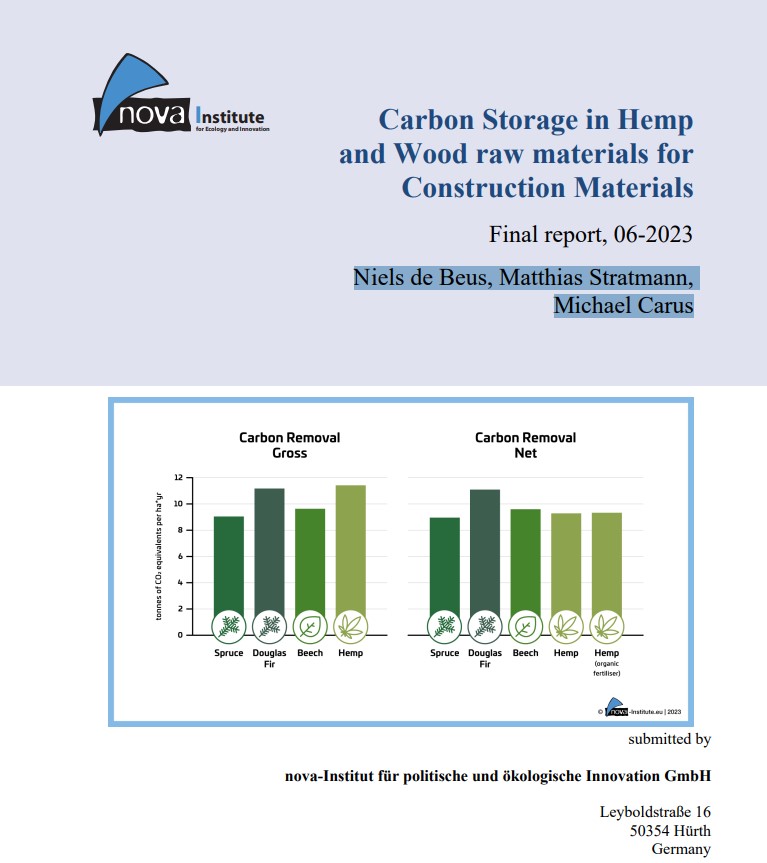
7 September 2023
Carbon Storage in Hemp and Wood raw materials for Construction Materials
nova-Institut für politische und ökologische Innovation GmbH
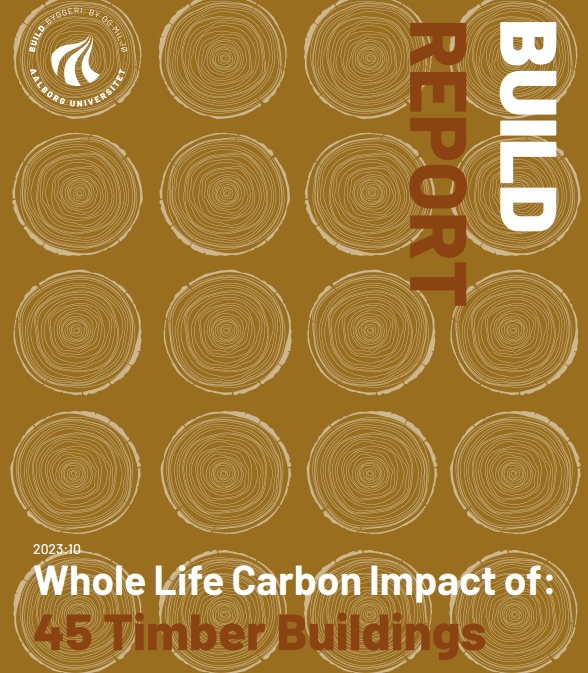
21 Juni 2023
Whole Life Carbon Impact of: 45 Timber Buildings
Sustainable buildings are increasingly a key concern, especially when it comes
to reducing their climate footprints. This has resulted in the 2023 Building Regulations introducing requirements for the environmental impact of buildings.
- Copyright 2024 Timber Finance
- Imprint
- Privacy Policy
Important Legal Notice
Wichtige Rechtsaufklärung
Die offizielle Website der Timber Finance Management AG (nachfolgend TFM genannt) enthält u.a. Informationen und Meinungen zu Anlageinstrumenten, Produkten und Dienstleistungen (nachfolgend zusammenfassend „Finanzprodukte“ genannt). Sie können die Website daher nur besuchen, wenn Sie die folgenden wichtigen rechtlichen Hinweise für Finanzprodukte sorgfältig lesen und anschließend akzeptieren. Mit Ihrer Zustimmung und Ihrem Zugriff auf die Website erklären Sie, dass Sie die rechtlichen Hinweise verstanden haben und ihnen ausdrücklich zustimmen. TFM kann Dritte in den Betrieb der Website einbeziehen. Die nachfolgenden Inhalte gelten sinngemäss auch für Informationen, die Kunden z.B. in Form von abonnierten Newslettern erhalten. Die Informationen sowie die Nutzungsregeln können jederzeit aktualisiert werden. Die Änderungen sind verbindlich. Bei der weiteren Nutzung der Website und unserer Dienste gehen wir von Ihrer Kenntnis und Ihrem Einverständnis aus.
Lokale rechtliche Beschränkungen
Die Website enthält Informationen und Meinungen zu Finanzprodukten (z.B. strukturierte Produkte), die in anderen Ländern unterschiedlichen Zulassungsvoraussetzungen unterliegen können. Sie richtet sich nicht an natürliche oder juristische Personen, für die die Nutzung oder der Zugang zur TFM-Website aufgrund ihrer Nationalität oder ihres Wohnsitzes/Sitzes oder aus anderen Gründen mit der Rechtsordnung ihres Landes unvereinbar wäre. Dies gilt insbesondere für Staatsbürger und/oder Einwohner von Großbritannien, Japan und den USA.
Keine Empfehlung oder Angebot
Die veröffentlichten Inhalte stellen weder eine Empfehlung noch ein Angebot zum Kauf, Halten oder Verkauf der genannten Finanzprodukte oder zur Vornahme sonstiger Transaktionen oder Rechtsgeschäfte dar. Sie dienen ausschließlich dem persönlichen Gebrauch und der Information und können jederzeit ohne vorherige Ankündigung durch die TFM geändert werden, ebenso wie diese rechtlichen Hinweise für Finanzprodukte. Die im Abschnitt über Finanzprodukte bereitgestellten Inhalte sind keine Empfehlungen für Ihre Anlage- und sonstigen Entscheidungen und haben keinen Beratungscharakter. Vor der Investition in ein Finanzprodukt muss der Anleger die aktuellen rechtlichen Dokumente und alle anderen Dokumente, die aufgrund lokaler gesetzlicher und aufsichtsrechtlicher Vorschriften erforderlich sein können (z.B. Prospekt sowie Jahres- und Halbjahresbericht eines Investmentfonds), sorgfältig gelesen haben. Es ist besonders wichtig, die darin enthaltenen Rechts- und Risikohinweise eingehend zu studieren. Vor einer Anlageentscheidung ist es zudem ratsam, einen Spezialisten zu konsultieren.
Keine Gewähr
Die TFM stellt die Inhalte ihrer Finanzprodukte mit grösstmöglicher Sorgfalt zusammen. Die TFM und ihre Vertragspartner übernehmen jedoch keine Gewähr oder Haftung gegenüber Dritten für die Richtigkeit, Aktualität und Vollständigkeit der veröffentlichten Inhalte. Insbesondere ist die TFM nicht verpflichtet, die Inhalte zu aktualisieren oder veraltete Inhalte zu entfernen. TFM übernimmt auch keine Verantwortung und gibt keine Garantie dafür ab, dass die Funktionen der Website mit Inhalten zu den Finanzprodukten nicht unterbrochen werden oder fehlerfrei sind, dass Fehler behoben werden oder dass die Website oder der jeweilige Server frei von Viren oder sonstigen schädlichen Bestandteilen und Programmen ist. Darüber hinaus kann es auf der TFM-Website Links geben, die zu Websites Dritter führen. Diese Links entziehen sich vollständig der Kontrolle von TFM. TFM übernimmt daher keinerlei Verantwortung für die Richtigkeit, Vollständigkeit und Rechtmäßigkeit des Inhalts solcher Websites sowie für allfällige darauf enthaltene Angebote und Dienstleistungen.
Risikohinweis
Grundsätzlich gilt: Je höher das Risiko (Kursschwankungen), desto länger sollte die Anlagedauer sein, und desto höher sind die Renditechancen. Sowohl der Wert des investierten Kapitals als auch die daraus resultierenden Erträge (z.B. Ausschüttungen im Zusammenhang mit Investmentfonds) unterliegen Schwankungen oder können ganz entfallen. Anlagen in Fremdwährungen sind direkten und indirekten Wechselkursschwankungen unterworfen. Einzelne Finanzprodukte sind generell höheren Risiken ausgesetzt.
Wertentwicklung
Eine positive Wertentwicklung (Performance) in der Vergangenheit ist keine Garantie für eine positive Wertentwicklung in der Zukunft. Die TFM und ihre Gegenparteien können daher nicht garantieren, dass das investierte Kapital seinen Wert erhält (oder sogar steigert), und die Anleger müssen bereit oder in der Lage sein, erhebliche Verluste oder sogar Totalverluste hinzunehmen. Bei der Berechnung der Performance werden allfällige Gebühren und Kosten (z.B. Kommissionen und Kosten, die bei der Zeichnung und Rücknahme von Fondsanteilen erhoben werden), die beim Kauf, Halten oder Verkauf des Finanzproduktes anfallen, nicht mitberücksichtigt.
Ausschluss der Haftung
Soweit gesetzlich zulässig, lehnen die TFM und ihre Vertragspartner jegliche Haftung (einschliesslich Fahrlässigkeit und Haftung gegenüber Dritten) für Verluste ab, die direkt, indirekt oder infolge von Schäden im Zusammenhang mit der Nutzung der Website und ihrer Inhalte oder mit den Risiken der Finanzmärkte. Der Zugriff auf und die Nutzung der Website wird nicht garantiert.
Eigentumsrechte
Alle Inhalte dieser Website sind urheberrechtlich geschützt und sind Eigentum der TFM, sofern nicht ausdrücklich anders angegeben. Kein Teil dieser Website gewährt eine Lizenz oder ein Recht zur Nutzung von Bildern, Texten, Marken oder Logos. Durch ein Herunterladen oder Kopieren der Website werden keinerlei Rechtsansprüche auf die darin enthaltene Software oder das darin enthaltene Material übertragen
Anwendbares Recht/Gerichtsbarkeit
Der Zugang und die Benutzung der TFM-Website und dieser wichtigen rechtlichen Hinweise für Finanzprodukte unterstehen schweizerischem Recht. Ausschliesslicher Gerichtsstand ist Zürich, Schweiz.

